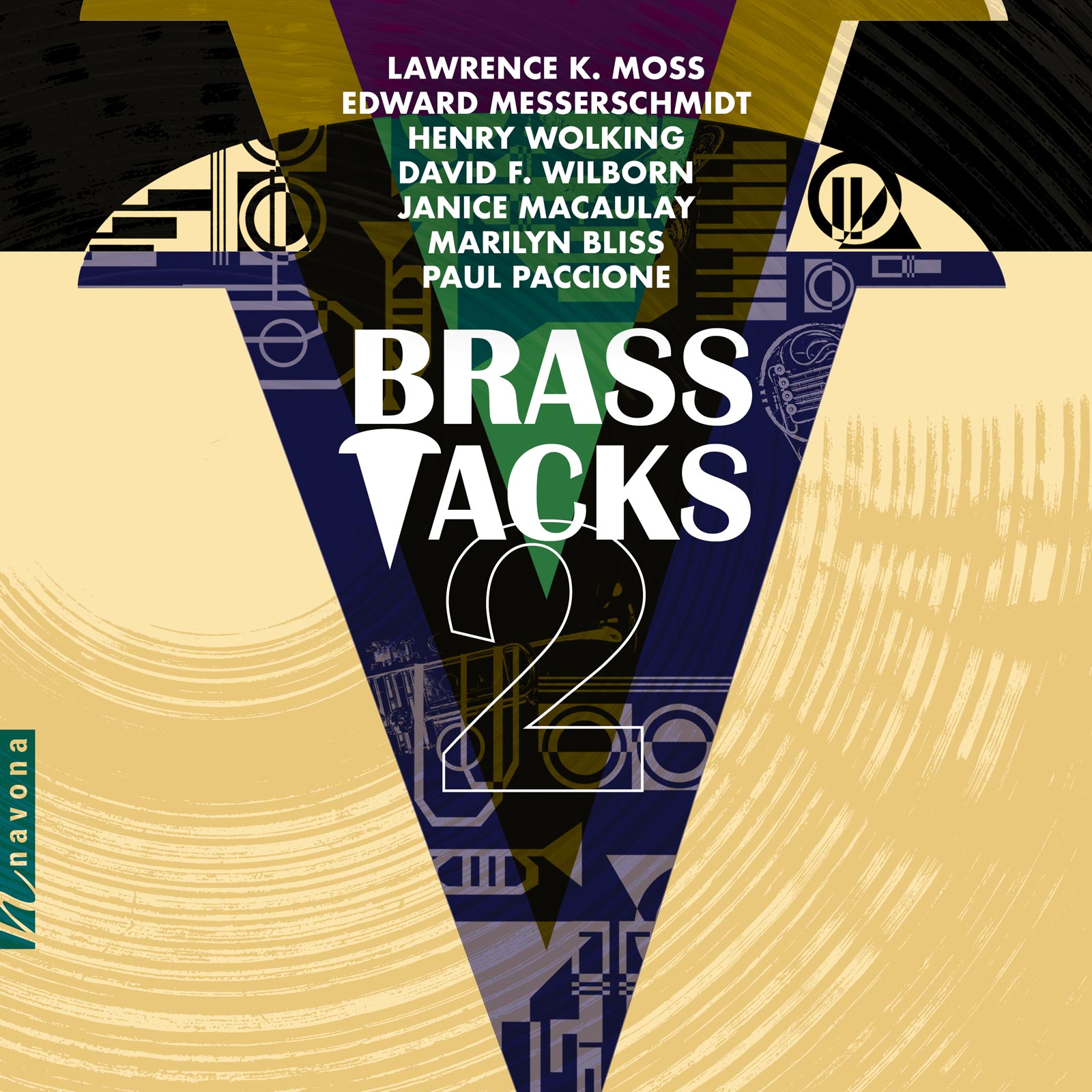
It’s no secret that brass instruments can infuse any musical setting with a hair-raising surge of untamed energy and fervor. On BRASS TACKS 2 from Navona Records, the brass family finds itself the spotlight, showcasing unique tones and unhindered expressiveness that’ve been carefully extracted by a variety of seasoned composers and performers.
PARMA Senior Content Writer Shane Jozitis recently connected with the composers of BRASS TACKS 2 to learn about the inspirations, processes, and realizations behind their works. Read on for an exclusive deep dive into the creative minds behind this Navona Records release.
SJ: The works on BRASS TACKS VOL 2 are wide-ranging in their themes, orchestrations, and moods. Where does your piece fall on the spectrum, and what do you hope to convey through your work?
MB: Two of my pieces for solo tuba appear on this album, Evocations and Aria. In Evocations, I highlight the versatility and virtuosity of the tuba, elements too often ignored in stereotypical pieces written for the instrument. Aria, as its title suggests, is a brief, long-lined, and searching melody that shows off the tuba’s lyricism.
HW: There are thematic spectrums as well orchestration and mood spectrums. From the thematic material spectrum, on a scale of 1-10, with 1 being the simplest and ten the most challenging, or crunchy, I’d rate mine at about a 5. It was written to be a short playful romp with nothing profound to convey. I simply wanted a work that would be enjoyable to play and easy to listen to. Coming out of the worst part of the pandemic, my brain kept telling my body to resist sitting around procrastinating, and the term “just do it” seemed to resonate with endless repetition. This brass quartet helped put all that to rest. It’s in three movements; Just, Do, It.
SJ: When was the first time that you can remember a brass section, ensemble, or piece, make an impression upon you?
JM: It’s difficult to recall when I first fell in love with brass instruments since music for brass is around us in so many ways. One moment that immediately comes to mind is hearing the absolutely gorgeous chorale at the very center of the second movement (“Giuoco Delle Coppie”) of Bartok’s Concerto for Orchestra. It’s initially scored for two trumpets, two trombones, tuba, and snare drum and the chorale finishes with a short coda for four horns and tuba serving as a lead-in to the rest of the movement’s reprise-in-reverse arch form. I was gobsmacked the first time I heard that passage for brass and it continues to knock me out on every hearing — so simple and so perfect.
HW: Tough question. I can’t actually remember a significant first. As a youth I sang in a boys choir, but when I was 12, and picked up the trombone, my first teacher introduced me to the Four Freshmen, so I guess the trombone quartet caught my earliest brass section attention. At 15 I started playing professionally in big bands (had to get a union waiver being under 16) and started my first jazz band arrangements. Soon I was listening to, and in awe of Stan Kenton, Maynard Ferguson, Thad Jones, and a variety of big bands with outstanding brass. After high school I started listening seriously to classical works and 20th century composers too numerous to mention, though I must say Janacek’s Sinfonietta still gives me the chills.
TM: My father is a professional percussionist, so I’ve been surrounded by live music for as long as I can remember. I have a lot of early memories of hearing band and orchestra concerts, but in terms of something involving brass specifically, it would probably be a performance of the U.S. Army Herald Trumpets or maybe the time I heard one of my father’s colleagues practicing the trombone solo from Mahler’s 3rd Symphony. The latter experience might’ve been later, but it really got to me. Whatever happened first, I’ve always felt drawn to brass instruments and horns — as a small child, I’d even pull my mother’s Norwegian birch trumpet off the wall and play it with verve. When it was time to pick an instrument in fourth grade, I eagerly chose the trombone. As a music educator, I’ve also enjoyed learning some other instruments, but I’ll always have a deep love for brass.
SJ: Inspiration can take many shapes and come from many directions. Was your piece always intended to highlight the brass family of instruments?
MB: I wrote my tuba pieces for my husband, who at that time was a professional tuba player and always complained about the lack of ambitious repertoire for the instrument. So writing these pieces was both an inspiration and a challenge to be met.
PP: Radical Ears was originally intended as a piece for brass ensemble and piano. However, the direction the piece took from its initial conception (Version I, 1989) to its final stage (Version II, 2021) is a study in contrast. In Version I, all of the brass instruments are muted and play at the same soft dynamic level throughout — resulting in a subdued, ambient instrumental atmosphere. Version II is a decidedly more dramatic piece. Although the pitch and rhythmic content of the two versions remains the same, the addition of contrasting musical elements in the revised score (sharp accents, loud contrasting dynamics, and additional percussion instruments: timpani, snare and castanets) results in an expanded range of expression that is less atmospheric and more multidimensional and dynamic in character.
It’s very true that the inspiration for a piece of music can come from many different sources and, in this case, came from an observation made by a poet and friend of mine, Jan Austin Hicken (to whom the piece is dedicated), with regard to the innate capacity some listeners have for the sometimes-challenging sounds of contemporary music.
SJ: Brass ensembles often convey a sense of grandeur and ceremonial spirit. How would you approach subverting this expectation to create a composition that explores the vulnerabilities and intimate moments within a brass ensemble’s timbre?
JM: People don’t think of brass instruments in connection with intimacy or vulnerability due to the brilliance and power that brass have always been prized for — sounding alarms, announcing VIPs, calls to arms, hunting, and creating excitement. There is also the out-of-doors quality so suitable for evoking majestic landscapes as well as a very soulful sound such as the solo trumpet featured in Copland’s Quiet City and in so many jazz and popular ballads. Horns in particular are capable of playing very softly and blending with woodwinds and even strings. The instruments with a round bore — horns and tuba — can naturally produce a more mellow sound than that of the brighter, sharper sound of the narrow bore of trumpets and trombones. A highly skilled colleague once demonstrated how astonishingly soft and silky a sound is possible on a trombone, and the same is true of other brass instruments. To answer the question about evoking vulnerability and intimacy, I guess one would go low, slow, and soft, while keeping in mind that for wind instruments, voice, and even strings, slow, soft singing and playing require the most technical mastery of all.
PP: Radical Ears consists entirely of a procession of sustained vertical sonorities. The piece is more “abstract” than the more traditional expectations of a brass ensemble. For the performers, the piece is virtuosic, but not in the traditional, more theatrical, sense of the word. The absence of any virtuosic melodic or rhythmic figuration in the piece, in addition to the chromatically saturated harmonies, requires of both the individual performer and the ensemble a great amount of focused listening in order to produce, control, and maintain a well-in-tune, well-balanced and consistent sonority throughout the piece. That is another type of virtuosity!
TM: I’ve long felt that brass instruments are more versatile than some people give them credit for. I love ceremonial music and fanfares, but you’re right — that’s not all that brass instruments can do. Brass musicians can play beautiful melodies with an impressive dynamic range. Quiet sections in the brass really tend to draw the listener in, and dissonances in the brass section have visceral power. Brass instruments are also well-suited to a wide variety of styles, so I don’t have a single answer to this question. There are many possibilities, and I look forward to exploring them in future compositions!

Originally from the Washington DC area, Edward “Ted” Messerschmidt is a versatile musician who has been recognized in national contests in composition, conducting, and trombone performance. His original compositions, published by Cimarron Music Press and Warwick Music Publishing, have been performed in the United States, Europe, and South America by musicians and ensembles including Andy Akiho, Joseph Bello, Charley Brighton, Ruthanne Schempf, Patrick Smith, Harry Watters, the Luftwaffenmusikkorps Erfurt (forthcoming), and the United States Army Orchestra.
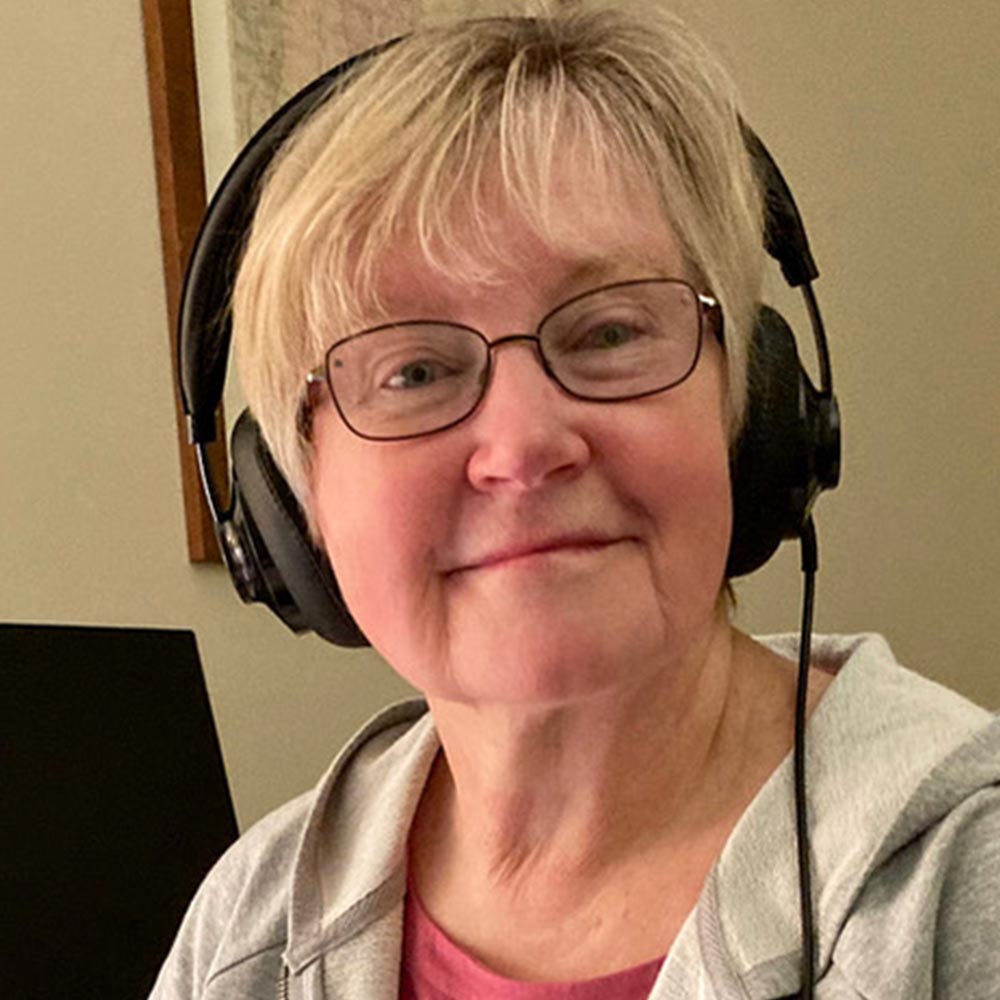
Composer, educator, and conductor Janice Macaulay received her D.M.A. in composition from Cornell University, where she studied with Karel Husa and Steven Stucky. Reviewers have said her music “creates an arresting playground of sounds and effects” (Gramophone) and features “dynamic, lyrical and playful interactions among the players” (Classical Music Review). She won the Alex Shapiro Prize from the International Alliance of Women in Music for Kaleidoscope for Wind Symphony, commissioned by the Cornell University Wind Symphony in memory of Karel Husa and recorded by the University of Maryland, Baltimore County Wind Ensemble on the Albany Records label.
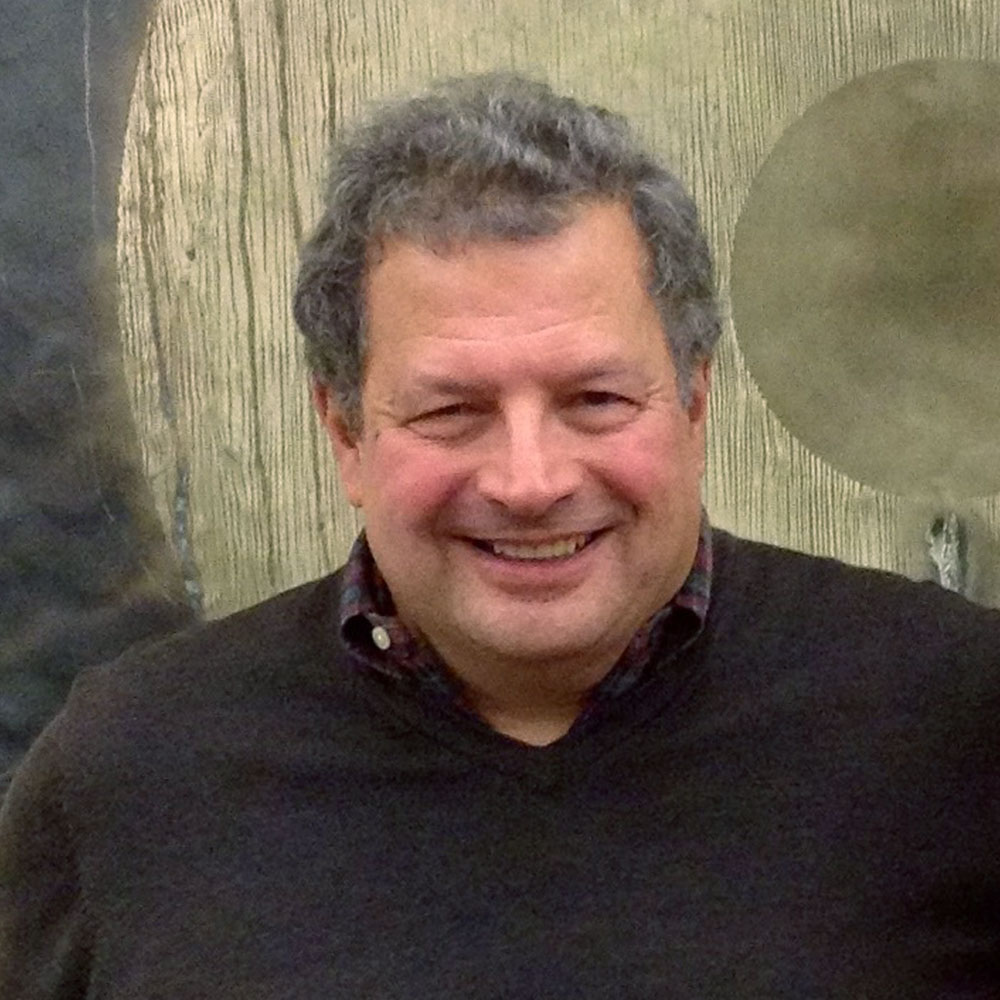
Paul Paccione was born in New York City in 1952. Paccione’s love of the popular music of the 1950's and 1960’s awakened his initial musical interests. He studied classical guitar and music theory at the Mannes College of Music (B.M. 1974). While at Mannes, he was influenced by composer Eric Richards to begin composition study.
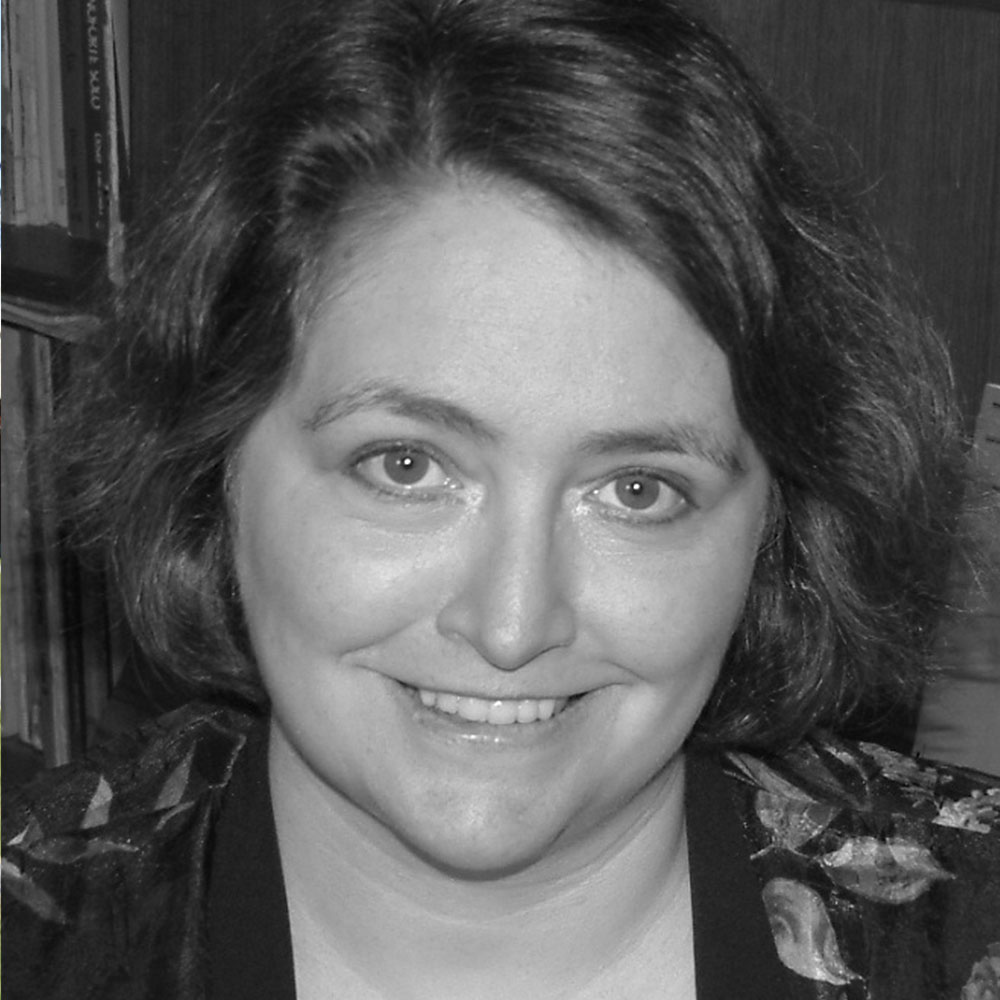
Iowa-born composer Marilyn Bliss has written many widely performed orchestral, chamber, and solo works. She received her B.M. degree in composition, flute, and voice at Coe College in Cedar Rapids IA, and did her graduate studies at the University of Pennsylvania and the City University of New York. Her composition teachers included such distinguished composers as George Crumb, George Rochberg, Jacob Druckman, Jerry Owen, and Harvey Sollberger.
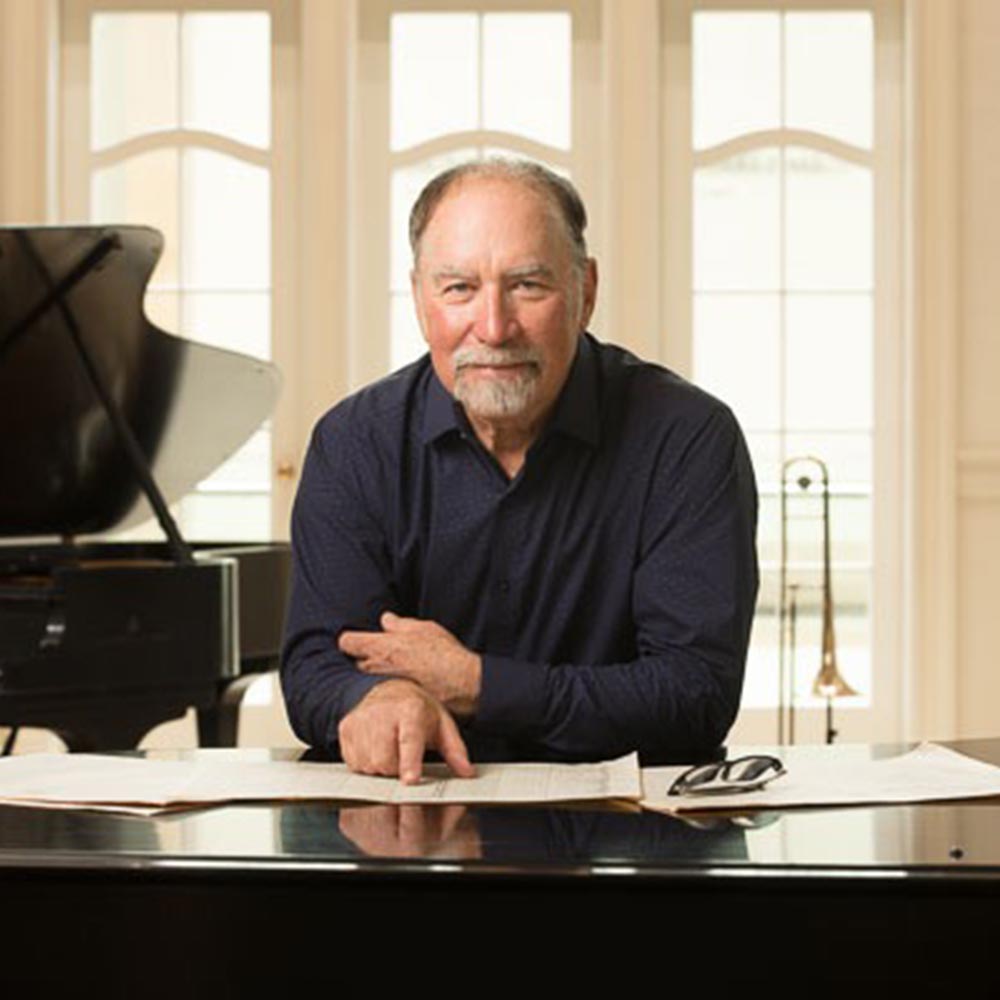
Native Floridian Henry Wolking (1948) is a composer, trombonist, conductor, teacher, and author. He completed his Bachelor Degree in music education from the University of Florida, and Master of Music in Composition at the University of North Texas in 1971. At the age of 24, he began his teaching career as head of the jazz area at the University of Utah. He retired in 2011 and is a University Professor Emeritus Of Music. He is the recipient of the 2018 School of Music Camerata Award, which celebrates the contributions of musicians and patrons of the arts to the University of Utah and broader community. He maintains a busy schedule of writing and arranging for classical and jazz groups. There are currently over 75 of his jazz works in the Walrus/EJazzlines online catalog.
